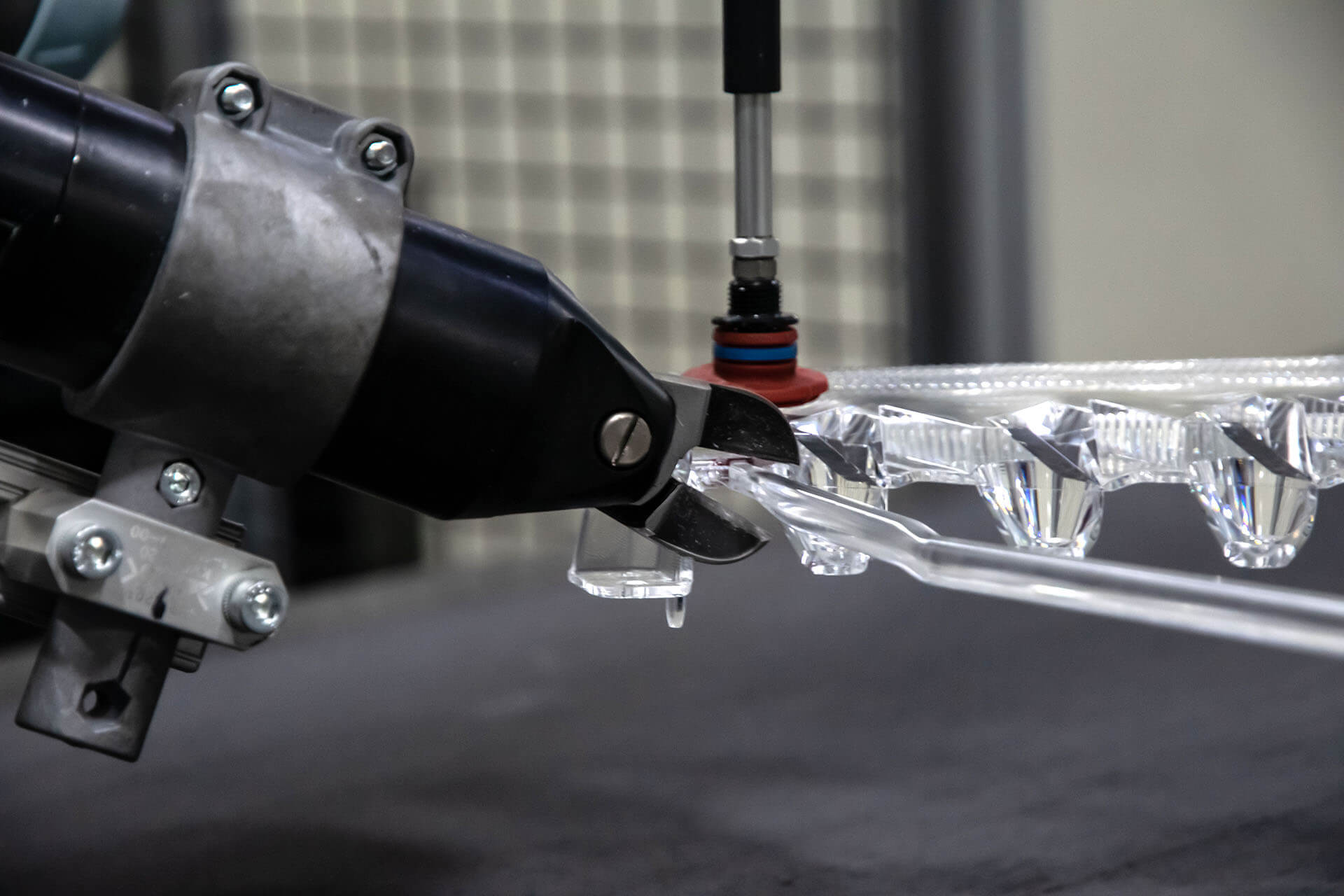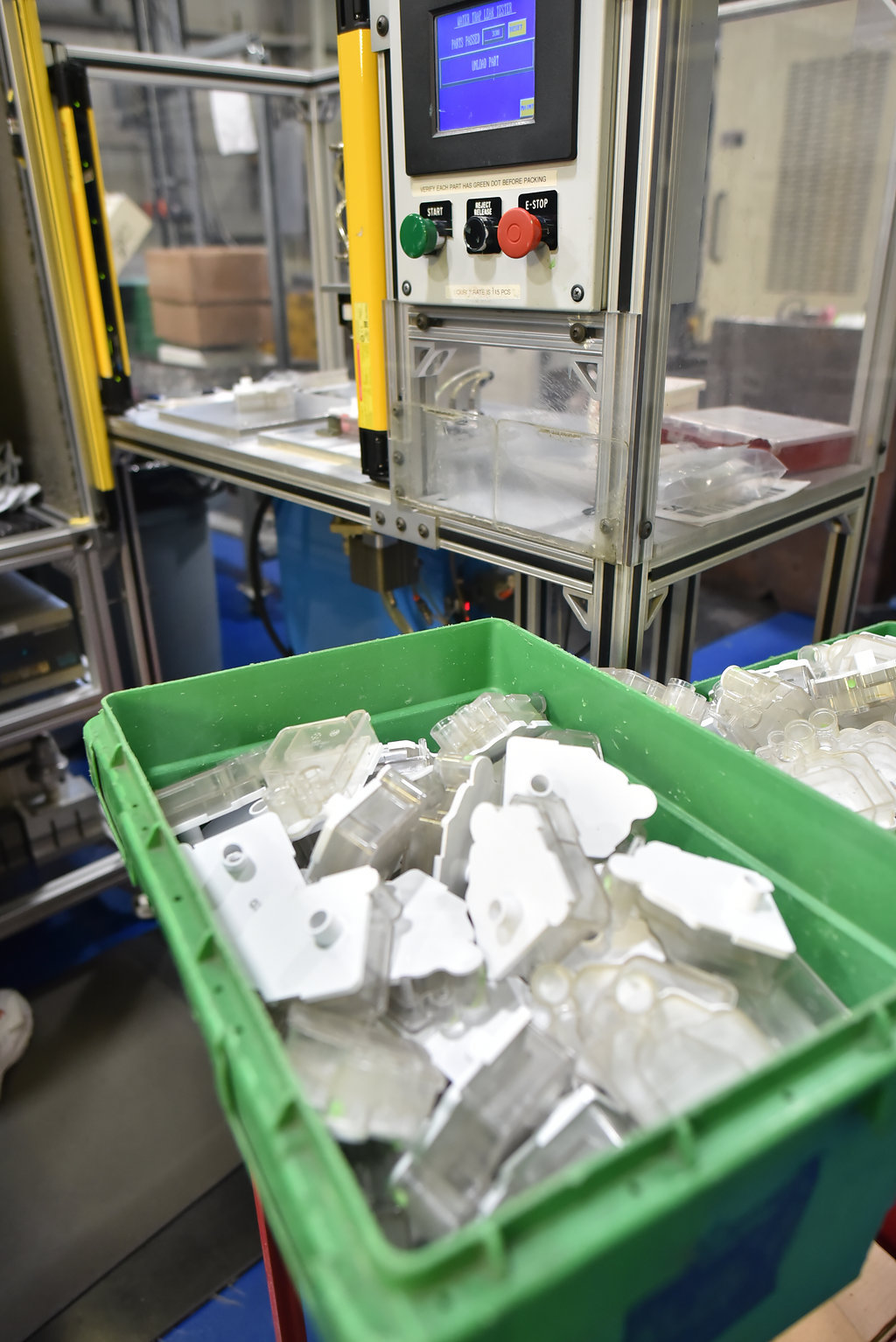Product Development
Quality Made Us Global
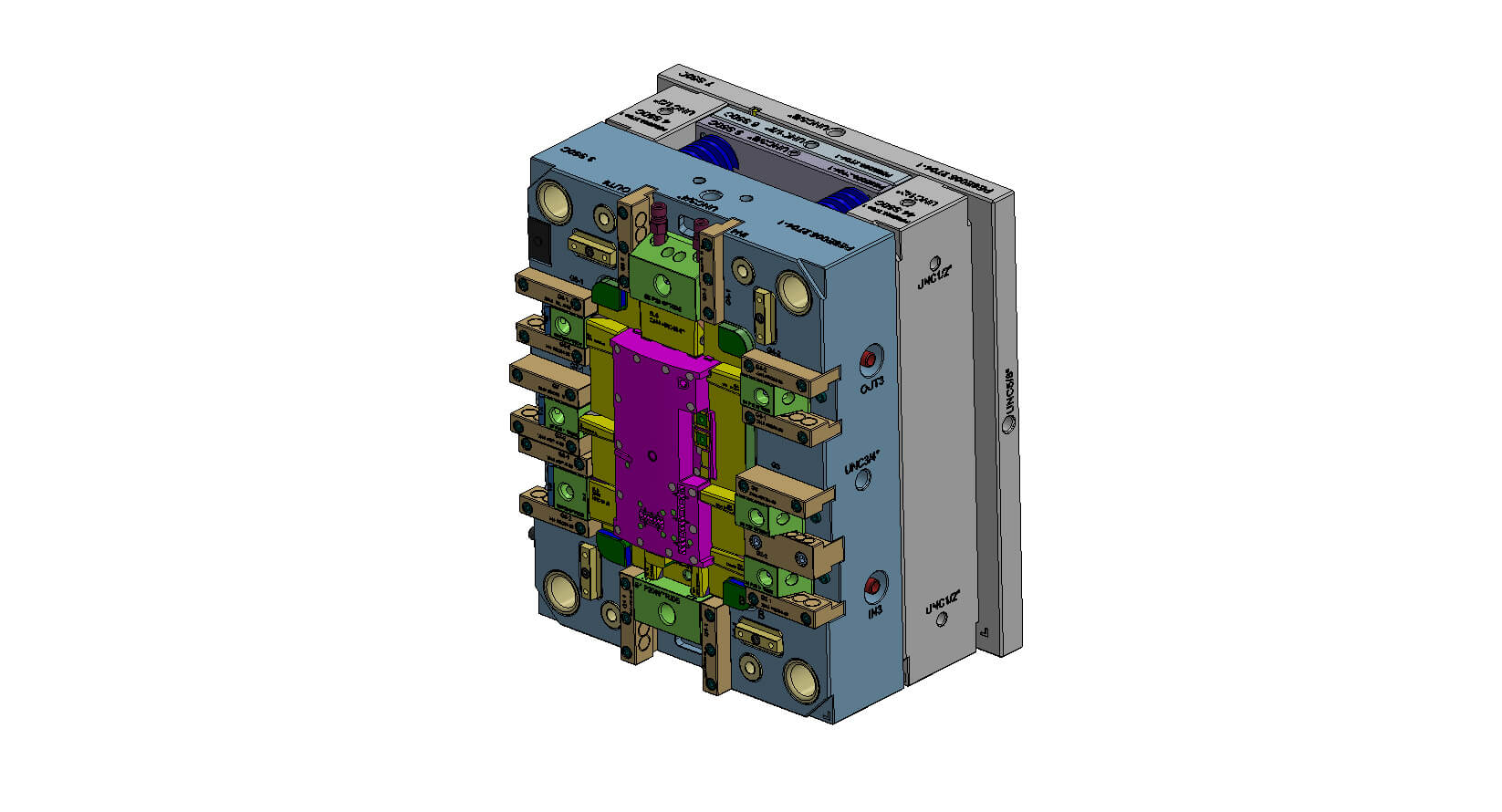
The Product Design Process with Global Plastics
If there’s one thing we’ve seen all too often in this industry, it is a scenario where a company does its own product design for a custom plastic part or component, only to discover when they work with an injection molding service provider that the part isn’t going to meet their needs as they had envisioned. Updating part design at this final stage of the project results in costly delays and cost overruns. But there is a way to avoid unpleasant outcomes in the final stages of production: Work in partnership with an injection molder from day one of product design. It’s the difference between designing an injection molded part versus designing a part for injection molders. And who better to help design a part of an injection molder than the company that will do the injection molding? Global Plastics designs in collaboration with you to address challenges and achieve the desired outcomes.
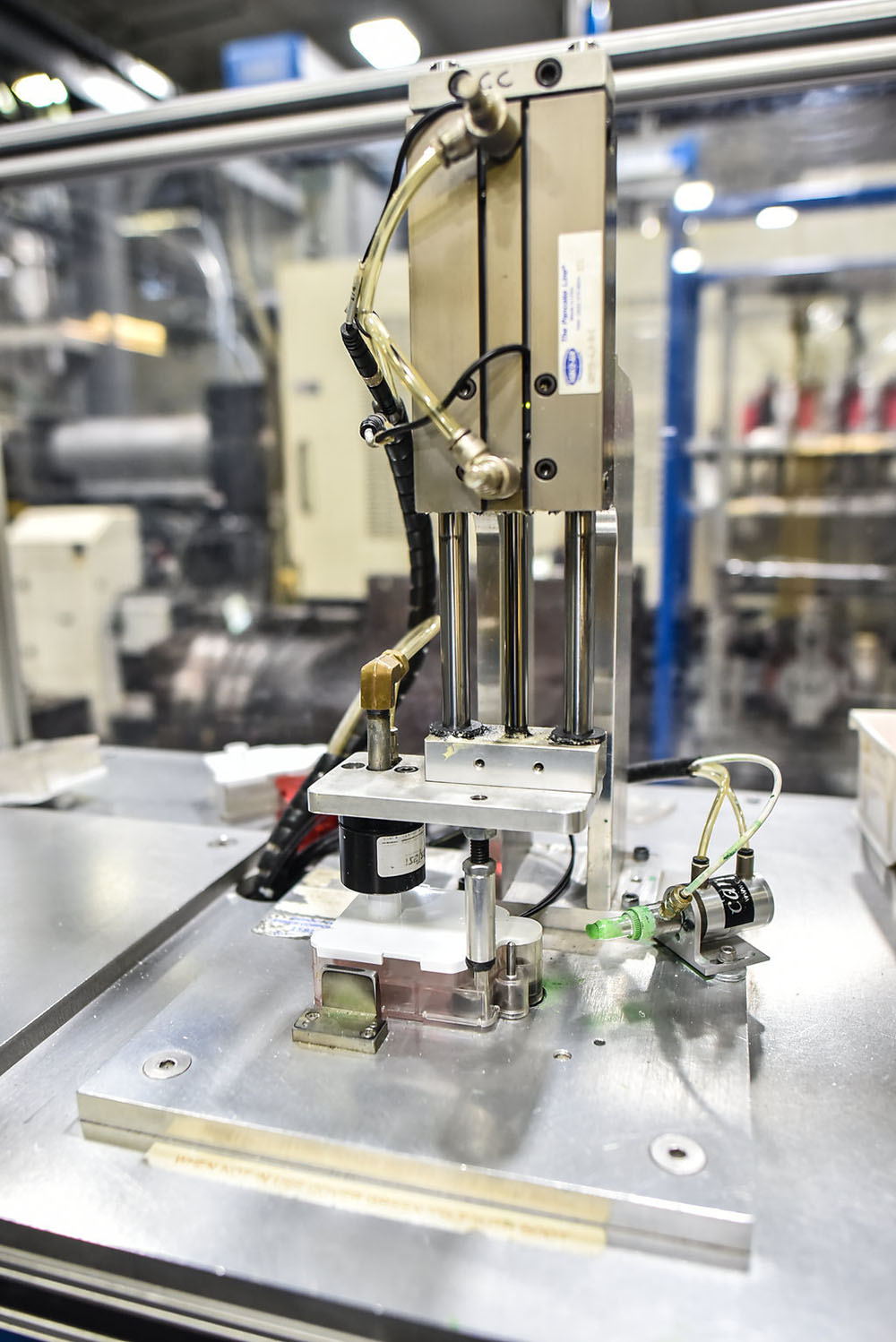
Designing with Support from Your Injection Molding Partner
The mismatches that can happen when businesses think they’re perfectly capable of designing a plastic part for injection molding are because any given molder is going to have their own preferences around tooling techniques to mold parts, and those preferences will likely have an impact on the part itself. The following aspects are impacted directly or indirectly by the preferences of an injection molding partner:
- Consequences from choice of material: This choice is one best made early on in consultation with us. We can buy some resins in large quantities at discounted prices and pass those savings on to you. In other cases, various resins may not work well for your product based on the physical properties of the resin.
- Critical tolerances: How much leeway can be tolerated in the part? Tolerance variation depends on multiple factors, such as materials, tool design, and process control. The tighter those tolerances must be, the more expensive it is to meet those requirements.
- Sink marks: No one wants to see sink marks on a product, but if the part includes challenging design features such as ribs and bosses on the opposite site, we can work with you to make adjustments to minimize draft, tweak rib height, and so on to avoid sink marks.
- Steel safe areas: When plastic parts need to snap together, interlock, or align precisely, “steel safe” is a way molders give themselves the chance to tweak a mold in early production. Everything can look perfect in CAD but not come out quite the same during the production. When production begins, we can take the first shots and see if additional steel needs to be machined away to tighten up clearances, which is always better than welding material into the mold because this tends to compromise tooling quality.
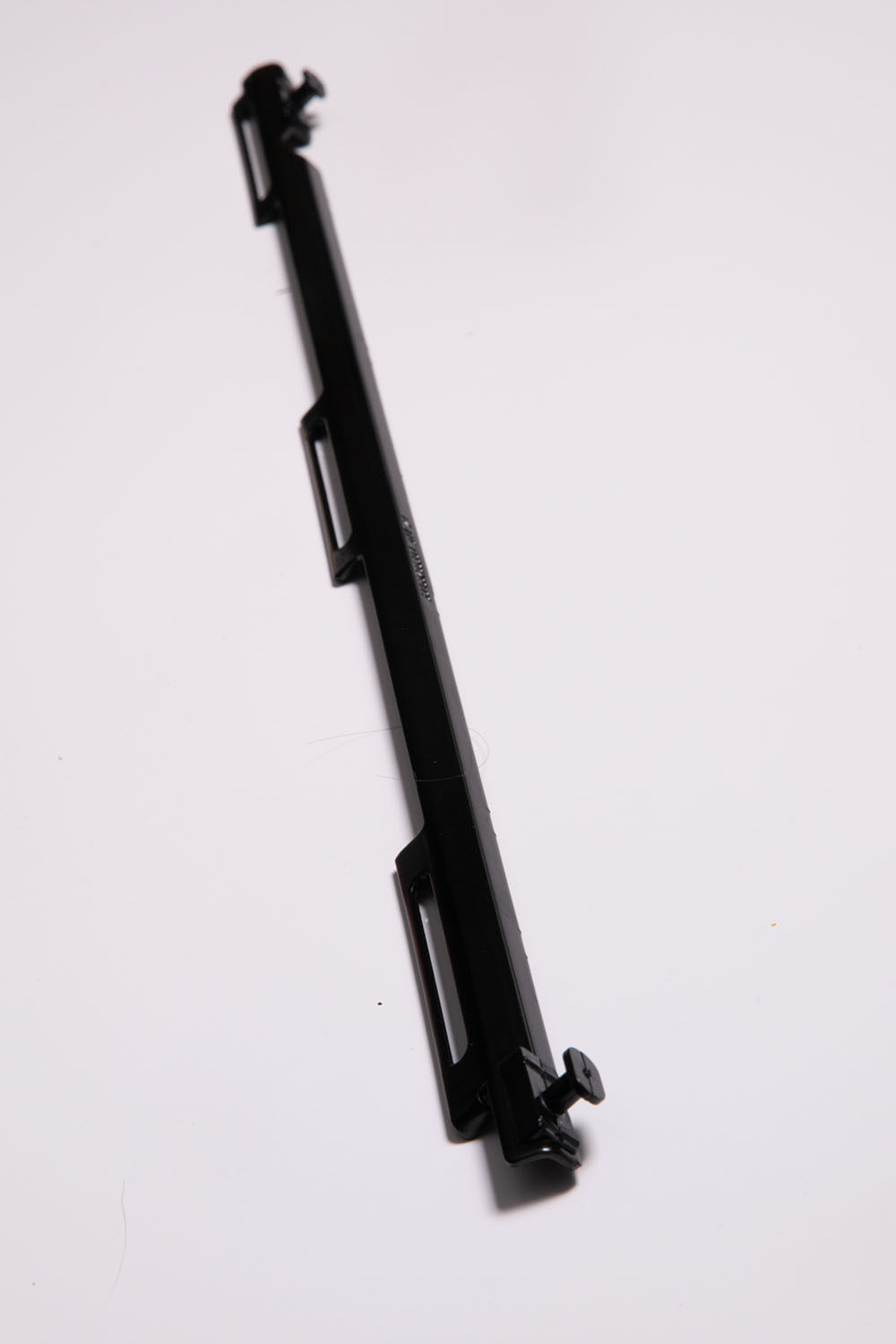
- Gate location: This is one to mutually agree upon because gate location affects so many aspects of an injection molded part, including overall appearance, surface finish, tolerances, warpage, wall thickness, molded-in stresses, and more.
- Shut-off angles: The great standoff that sometimes occurs between molders and designers is around these angles. Molders want as much angle as possible between the mold core and cavity while most designers want as little angle as possible. It’s important to work out this compromise well before CAD design details are finalized.
- Draft angle orientation: Careful review of draft angle orientations can avoid unnecessarily complex (and costly) tooling requirements. Our goal is always to achieve the optimal mix of cost-effectiveness and mold performance.
- Texturing and draft: The surface finish and draft angles must be carefully examined and designed to ensure the part can easily be ejected from the mold.
- Secondary operations and fixtures: We’ll want to know as early as possible whether the part needs to be designed with any potential secondary operations in mind, such as painting, labeling, machining, ultrasonic insertion, ultrasonic bonding, and so on.
In many cases, design engineers find establishing a partnership with an injection molding service provider difficult to do in early stages of a project because their company doesn’t want to even start making contact with molders until the product design is complete and they’re ready to start getting quotes for the injection molding. On the other side of the equation, many molders don’t want to put any time into giving their input into design until they know for sure the project will be awarded to them.
At Global Plastics, we recognize this kind of stalemate and the kinds of negative outcomes it causes are not good for either party. This is why we work with every client from the framework of establishing a long-term partnership based on mutual respect and trust. When you have that kind of collaborative relationship with an injection molding provider, the entire process from product concept to production becomes a virtuous cycle of continuous success.

Prototyping as an Optional Stage of the Product Design Process
When your product is designed collaboratively with Global Plastics, it is developed for efficiency through manufacturing to end user delivery. Global Plastics designs in an entirely 3D environment and then uses these 3D models to facilitate building prototypes, generating 2D prints, graphical images, and data for tool design.
With the technological capabilities we have in-house, many customers have discovered over time they do not need to see prototypes because of the accuracy and speed of our tooling design. But rapid prototyping is always an option any client can select according to their own preferences. At Global Plastics we use industry standard prototyping through SLA (stereolithography 3D printing), SLS (selective laser sintering 3D printing), or urethane casting.
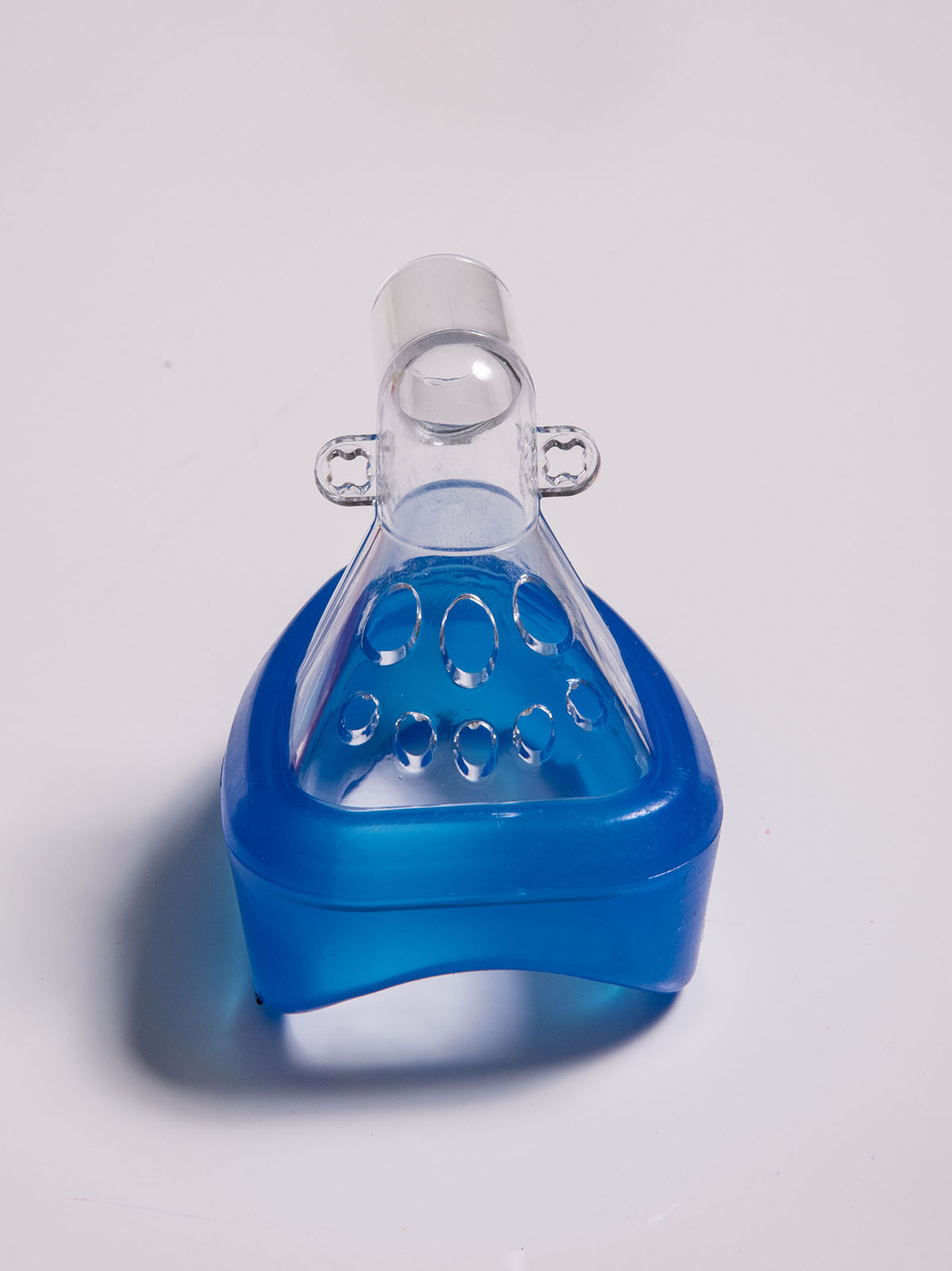
The Tool Design Process at Global Plastics
At Global Plastics our in-house tool department never sleeps. It’s a 24-hour operation where our experienced mold makers handle tooling projects of all shapes and sizes, whether large, complex molds or even multiple-mold projects when needed. Using CAMWorks™ software to design molds in 3D solid models, we can then use the model to machine directly to part geometry for rapid mold creation even for highly complex molds. We can create the design files ourselves or work with your design files in a variety of formats, including SolidWorks™, ProE™, Catia™, IGES, Step, and many more.
Another important aspect in tool design for production molds is mold flow analysis. We utilize advanced mold flow analysis to optimize the molding process before any steel is ever cut. We can calculate mold filling patterns, injection pressures, optimal cooling layouts, warpage, and other critical parameters to create molds that will reliably produce the parts you need over an extended life cycle.
Unlike other injection molding companies, just because Global Plastics has an in-house tooling department doesn’t mean your molds have to be tooled by us. A critical aspect of pre-production tooling is discussing your tooling strategy options, and we’ll guide you in making the optimal decision based on your needs and unique requirements. The mold(s) you need may be tooled by us in-house, outsourced for tooling domestically, or outsourced offshore for tooling if that’s what makes the most business sense for your project.
